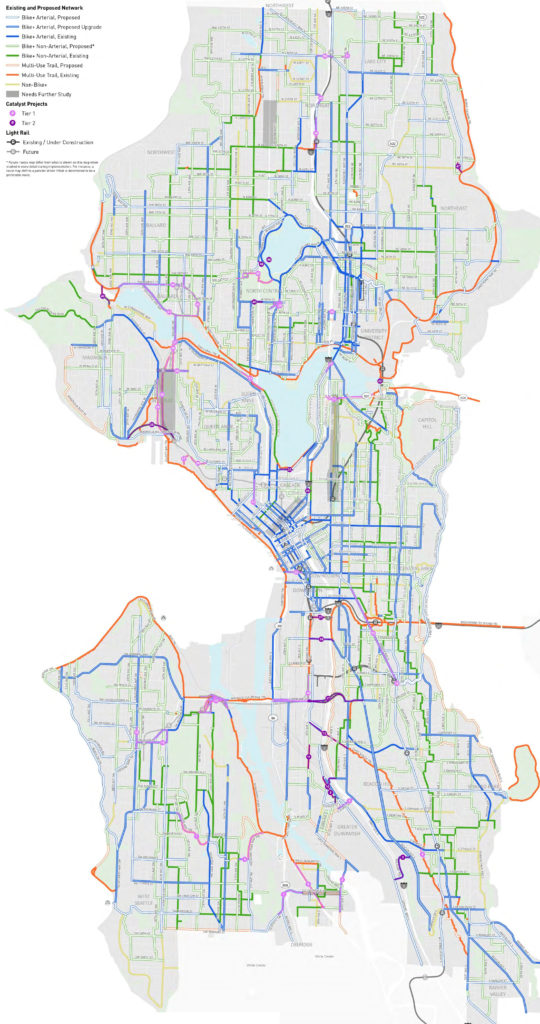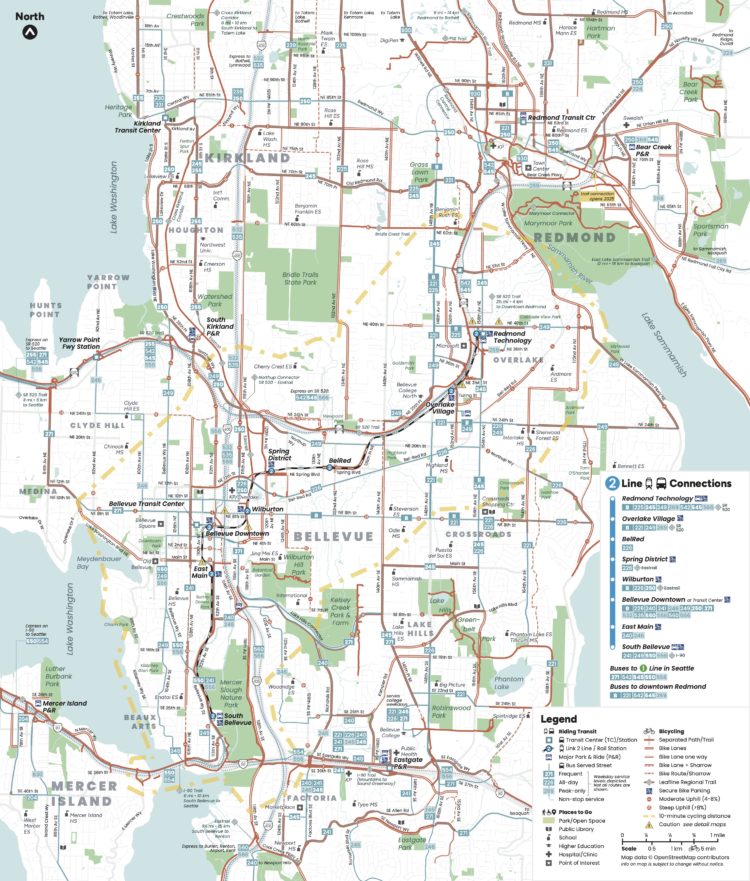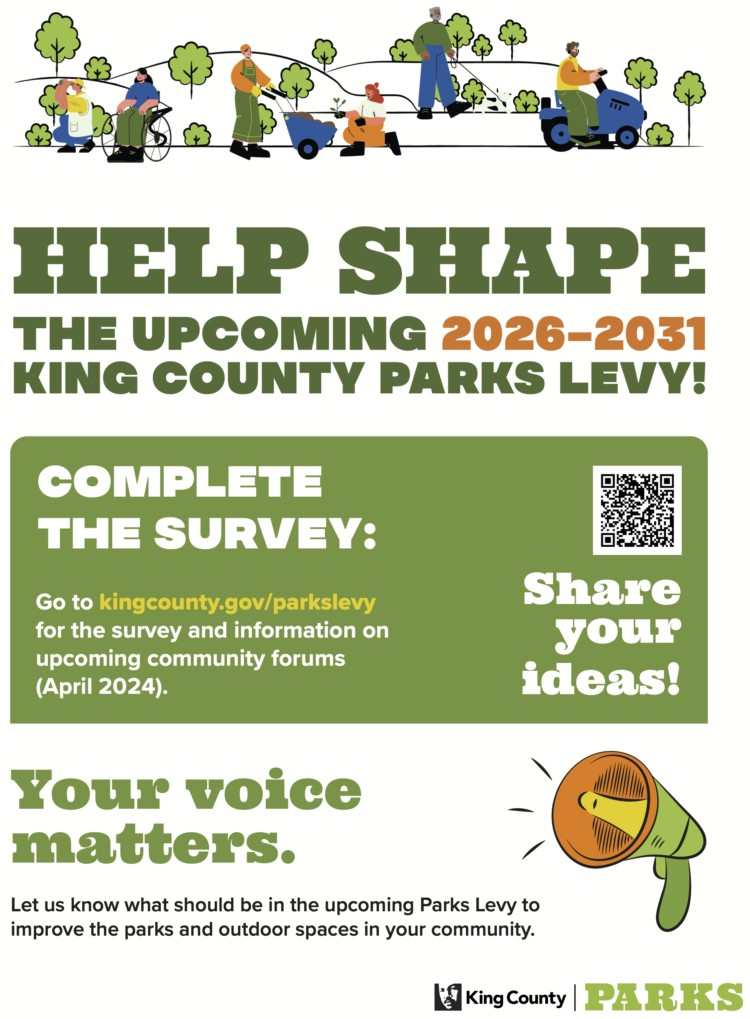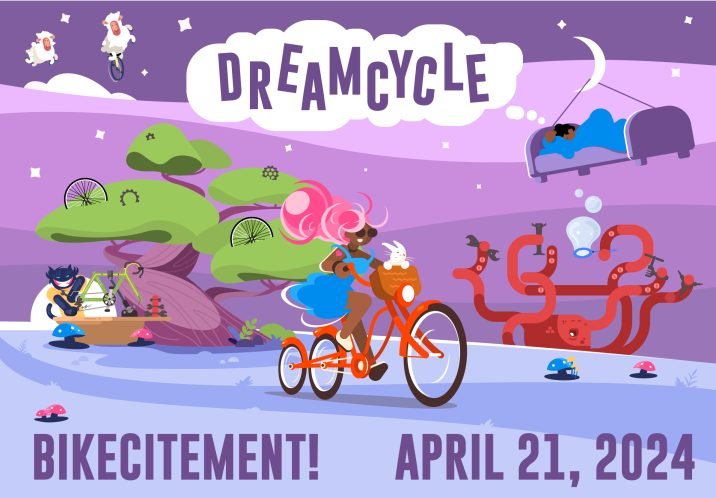
A few years ago, Ryan Townsend needed a cheap way to get his bike fixed. His search led him to the NE Seattle Tool Library, which had absorbed the volunteer-run Bike Shack. Not only did he find the tools and advice he needed, he also found a community.
“I started volunteering with essentially no experience other than how to adjust my brakes,” Townsend said. “It’s really cool to be able to meet all my neighbors and help out.” Now he not only has bike repair skills, he is the member of the tool library’s steering committee in charge of opening a second Bike Shack along the Interurban Trail in Shoreline May 1. To start they will be open Wednesdays from 5–8 p.m. and Saturdays from 9 a.m. to 12 p.m. But stay tuned for a potential expansion of hours in the future. They will also be hosting a Bike Everywhere Day station all day May 17.
The Shoreline Bike Shack seems poised to take the concept to the next level. Located in a densifying area without a nearby full-service bike shop, the Shoreline Bike Shack has already attracted a lot of volunteer interest. Their trailside location just north of N 165th St (one block south of the cemetery) should also make it easy for bicycling community members to find them.
Unlike most other elements of the NE Seattle and Shoreline Tool Libraries, the bike tools are not available for people to take home. Instead, the shop space is open to anyone who wants to bring their bike to the community space and use the tools. A volunteer will be on hand to help, but the goal is for people to learn how to do the repairs themselves. Volunteers range in skill level from newbies to retired professional bike mechanics, but all new volunteers shadow an experienced volunteer for a few weeks before taking shifts on their own.
Did I mention that it is free? Well, there are suggested donations for shop time, parts and a membership, but they will not turn anyone away for lack of funds. The shop operated on a first-come, first-served basis, but you can also fill out their assistance request form to give them a heads up that you are coming and will likely need some help.
The Bike Shack aims to be able to help handle most bike maintenance and repair jobs that a regular shop would do. But at the very least, they can help triage an issue and point someone in the right direction. Though selling bikes isn’t their main goal, they often have a bike two for sale for someone who needs one.
As part of the non-profit tool library, they are also dedicated to the goal of building a collection of tools for as many different part sizes and standards as possible. So if you have an old bottom bracket tool or headset press or whatever for an old bike you don’t even own anymore, the Bike Shack would be an excellent place to donate it. They are also looking for volunteers of all skill levels, even people who have no bike repair experience at all but want to learn. If you want to donate, volunteer or ask any other questions, email them at [email protected].
Likewise, if you have an old bike made of outdated or proprietary parts, then the Bike Shack could be a great place to go to find that weird tool you need. Don’t spend a bunch of money buying some old tool off eBay that you’re only going to use one time. That’s what the tool library is for.
The opening of the Shoreline Bike Shack feels like the third generation of the Bike Shack, which really did start in a shack in north Seattle. It was absorbed by the NE Seattle Tool Library, and now it is expanding to a new community that needs it.
They also accept bikes and parts for donation. Though they have limited space for stockpiling stuff, anything they can’t use is donated onto Bike Works. But they could especially use donations of consumable bike goods like chains and cables. I asked Townsend for a list, and this is what he sent:
(more…)












